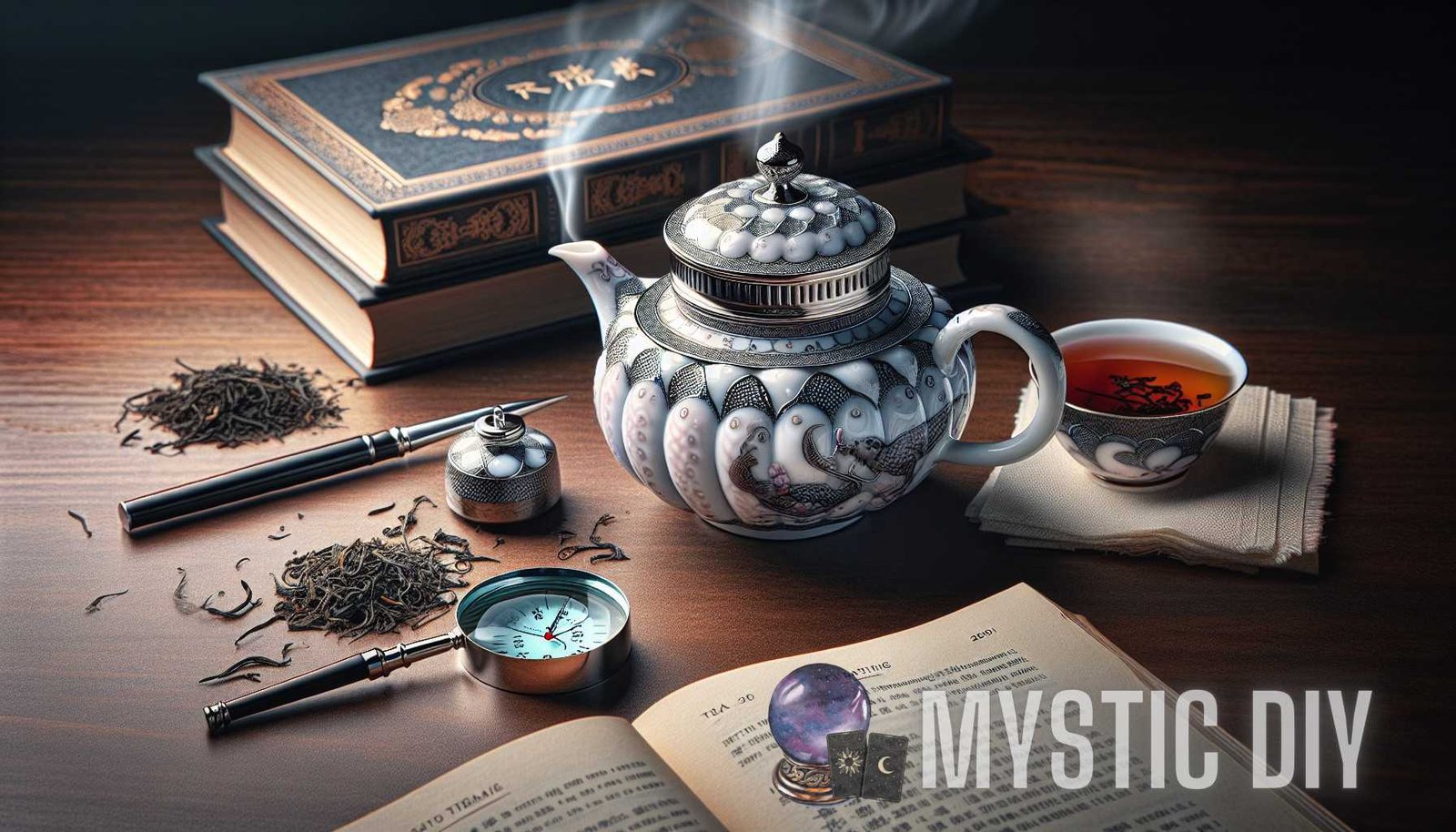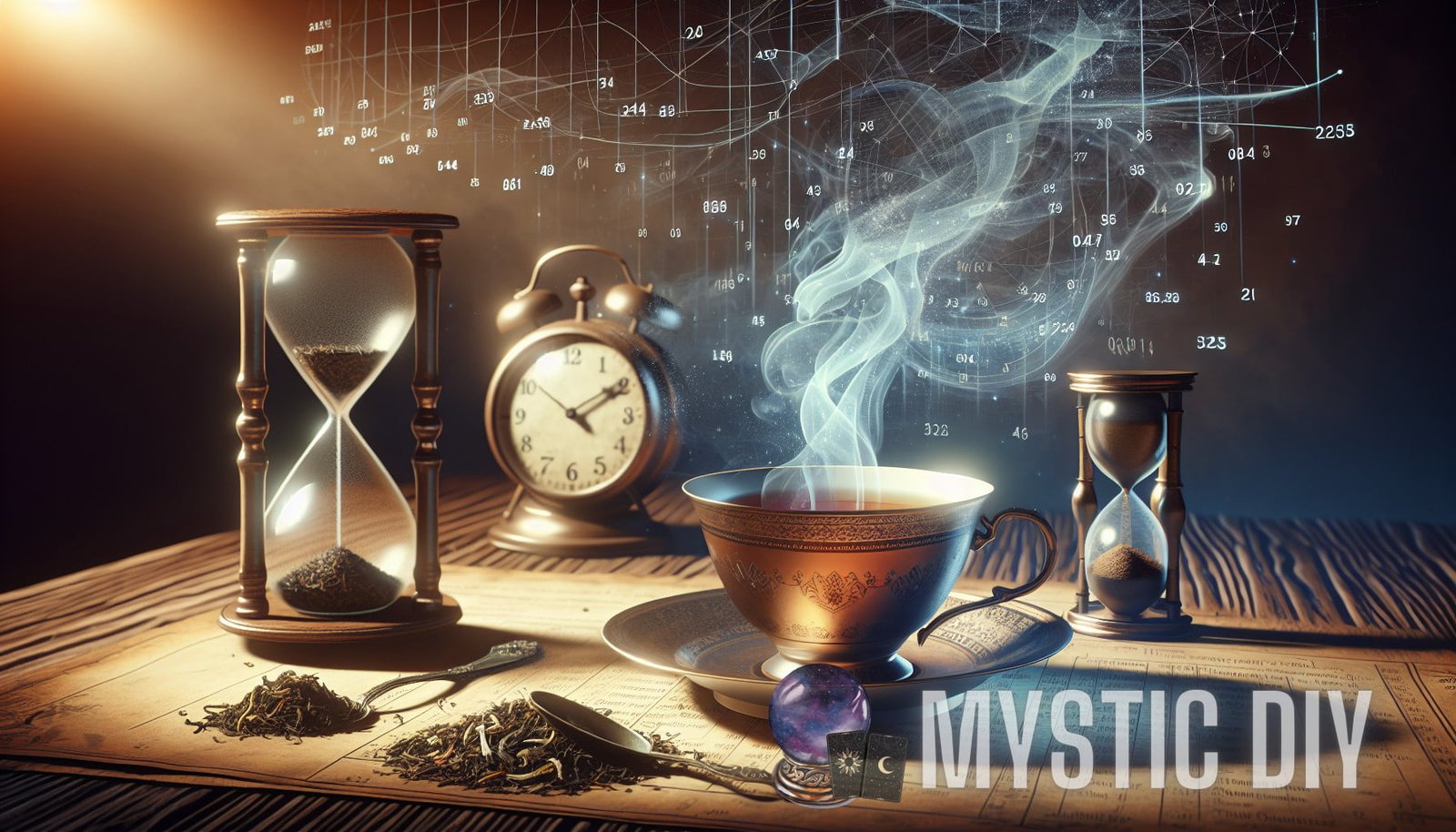An Introduction to Tea Leaf Reading
Tea leaf reading, also known as tasseography, is an ancient divination practice that involves interpreting patterns formed by tea leaves at the bottom of a teacup or other vessel. This mystical art has been passed down through generations and is believed to provide insight into a person’s future, their current situation, and even their past. The interplay between temperature and time plays a crucial role in achieving tea leaf reading precision. In this article, we will delve into the fascinating world of tea leaf reading and explore how temperature and time impact the accuracy of its predictions.
Unveiling the Secrets to Preparing Your Perfect Cup

Before we dive into the specifics of temperature and time, it’s essential to understand the importance of brewing a perfect cup of tea for accurate tea leaf readings. Mastering the art of tea preparation is the foundation for a successful reading session. If the tea is too weak or too strong, the patterns left behind by the tea leaves may be distorted or unclear, making it challenging to interpret accurately. To achieve the best results, follow these steps:
- Choose high-quality loose leaf tea: Loose leaf tea tends to produce clearer patterns than tea bags. Opt for teas with larger leaves, such as oolong or white tea, as they create more distinct patterns in the cup.
- Use fresh, filtered water: The quality of the water used to brew the tea can significantly impact the flavor and clarity of the patterns. Using filtered water ensures a pure and unadulterated taste.
- Find the right brewing temperature: Different types of tea require specific temperatures to extract their optimal flavors. Water that is too hot can scorch the leaves, while water that is too cold may not extract the full flavor. Refer to the brewing instructions for your chosen tea to determine the appropriate temperature.
- Steep for the recommended time: The amount of time the tea leaves steep in the water is crucial for achieving the desired flavor and intensity. Understeeping may result in a weak cup, while oversteeping can make the tea bitter. Follow the recommended steeping time for your chosen tea.
- Strain the tea leaves: Once the steeping time is complete, strain the tea leaves to remove them from the cup. This step ensures that the patterns left behind in the cup are solely from the tea leaves and not influenced by the remaining leaves.
By following these steps, you will ensure that your cup of tea is brewed to perfection, setting the stage for a precise and accurate tea leaf reading.



